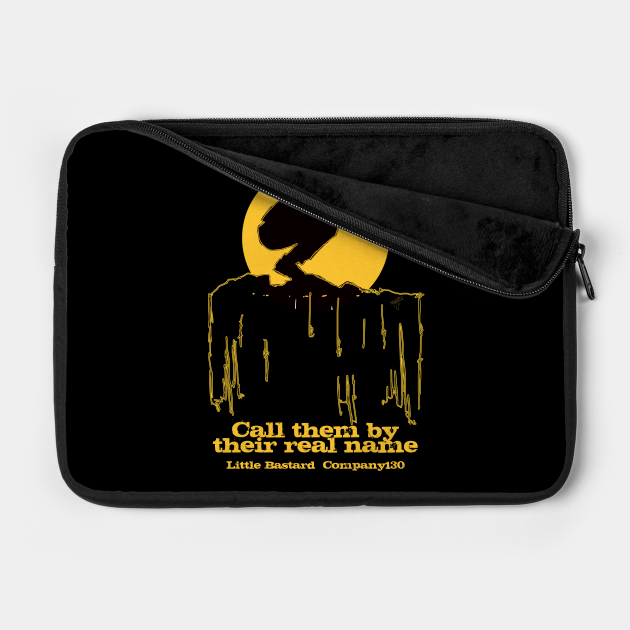

It was the latter that inspired and informed The Wild One and made its star, Marlon Brando, a popular icon of his time, along with James Dean and Marilyn Monroe.īrando, as Johnny Strabler, leads the Black Rebels Motorcycle Club into a peaceful American town, and terrorises the inhabitants with their machismo antics and disaffected attitudes. In America disaffected soldiers who found life tough after returning from the European conflict formed their own subcultural groups, such as ‘Greasers’ and the ‘Hells Angels Motorcycle Club’. In England the ‘Teddy Boys’ were the most visible and alarming expression of the new youth culture, with their distinctive dress style and apparent willingness to fight and brandish knives. This new air of liberation sometimes expressed itself as an antisocial rebelliousness that turned into outright hooliganism and violence at dance halls playing the newly popular ‘Rock and Roll’ music. Before 1939, broadly speaking, each generation dressed in a largely similar fashion, listened to the same kind of music, went to the same pubs, music halls and so on.Īfter the end of the Second World War, however, cultural change picked up pace and the newly affluent teens, with increasing time and money on their hands demanded more out of life than their parents had, and rejected many of the old habits and styles. Indeed, the notion of the ‘teenager’, with his or her own clothes, music and interests, was largely a post war creation. The 1950s was a time of profound social change and the experience of what it meant to be young was transformed, as many of the old certainties and habits disappeared in the new consumer age. Post war American and British teenagers alarmed their elders in a way that was probably unprecedented and from which we still see some of the ripples in popular culture today. Please click on the appropriate button below to purchase.Laslo Benedek’s 1953 film was one of the most controversial of its era, as it was released in the time of a ‘moral panic’. You may purchase attendance at the conference for either Day 1 (4th March) or Day 2 (11th March) at £5, or both days at a discounted rate of £8. Making space for nature in the farm environment Jake Fiennes Holkham Hall Estate (25 mins) Sustainable Land Stewardship – Agroecology, tree cropping, beaver wetlands biodiversity net gain on a traditional lowland estate Wilding, managing or mollycoddling? An evidence-based approach to restoring natureĪrchie Ruggles-Brise Landowner and Environmentalist Essex (25 mins) Bill Sutherland University of Cambridge (25 mins) Matt Gooch Suffolk Wildlife Trust (25 mins)Ī living landscape where rewilding means management

Restoration and rewilding: complementary approaches for nature recovery James Bullock UK Centre for Ecology & Hydrology ( 25 mins) What might a landscape driven by large herbivore grazing look like and would we want it?Ĭreating a wilder England for people and planet Orthoptera in the early stages of post-arable rewilding in Suffolkĭr Keith Kirby University of Oxford (25 mins) Rewilding keynote – busting the myths and making it happenĭr Tim Gardiner Environment Agency (10 mins)
Into the wild case driver#
Alastair Driver Rewilding Britain (25 mins) Welcome and introduction Martin Sanford, Chair of SNS (10 mins) Archie Ruggles-Brise Landowner and Environmentalist.


 0 kommentar(er)
0 kommentar(er)
